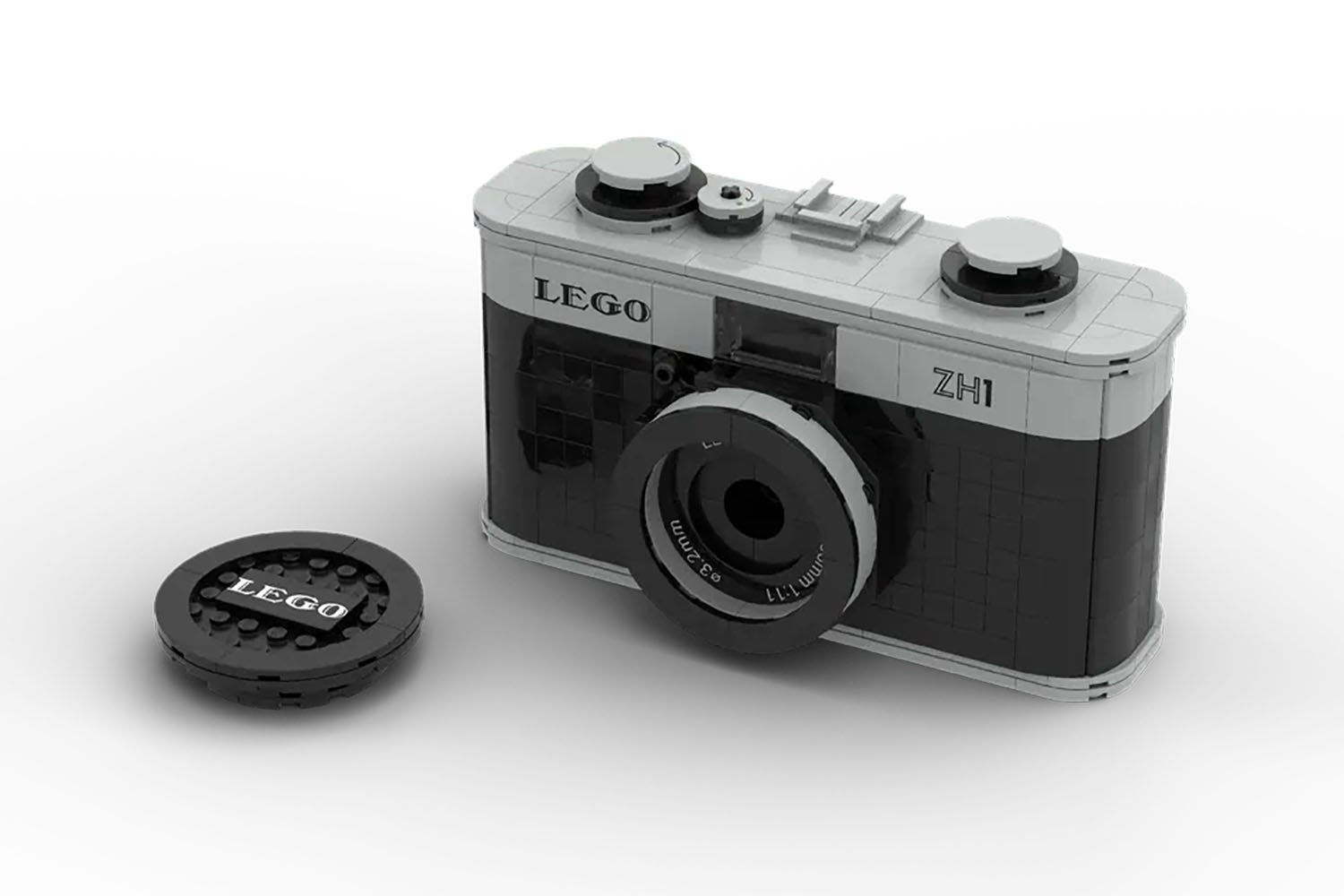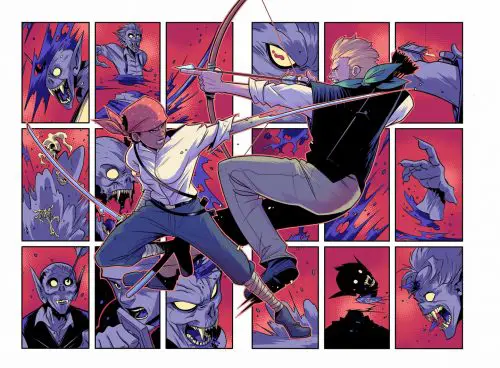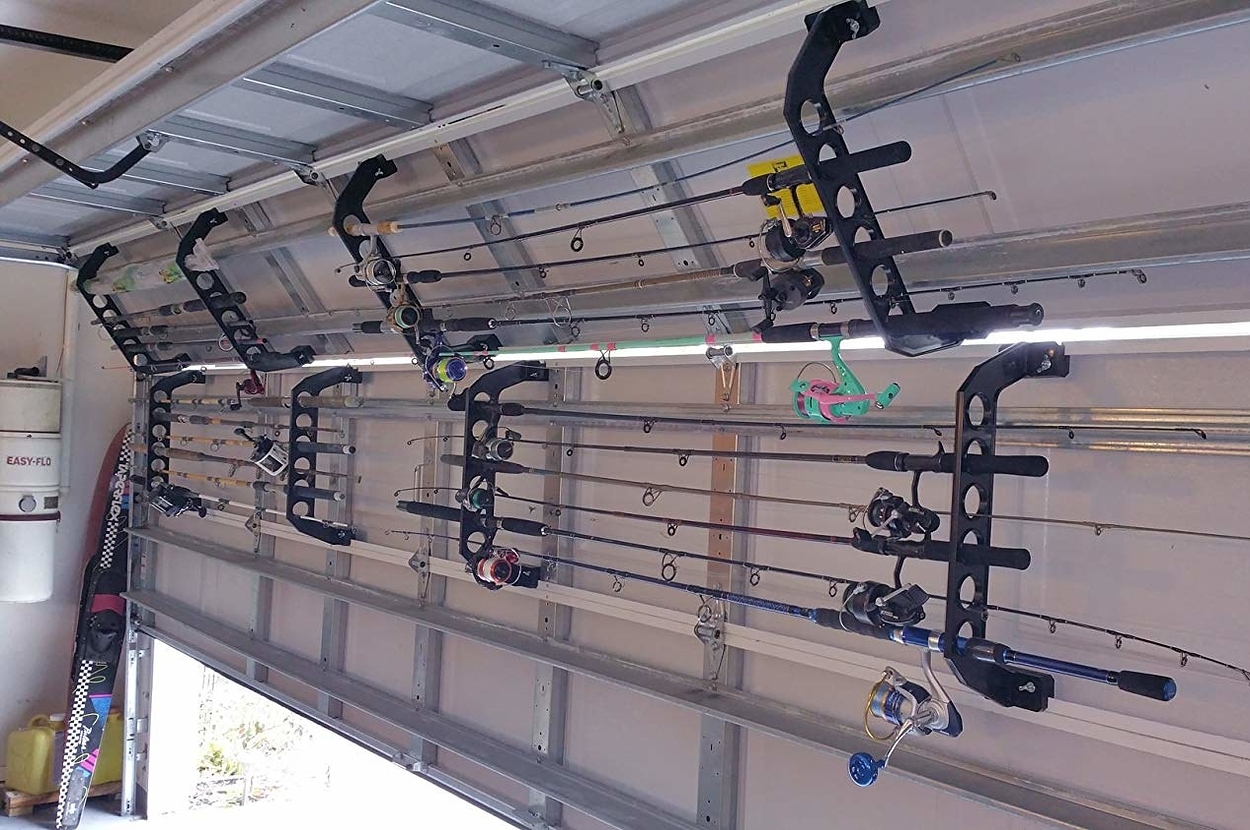In a world where a Lego NES and Lego Pac-Man arcade cabinet exist, I’m surprised we still haven’t seen Lego release a working film camera. But there’s hope. The Lego ZH1 is a fully functional 35mm point-and-shooter that incorporates actual film and has all the buttons you need to operate the shutter and wind to the next shot. The camera sports a retro aesthetic that uses the black and white Lego logo from 1934. If you’re into the retro camera revival, it’s harder to get more old-school than that.
The ZH1 has a classic-looking shell, much like the recent Fujifilm X100VI single-lens point-and-shoot camera. The lens is actually a Lego magnifying glass, and the back cover is set on a hinge that allows you to load a ream of film into the camera. There’s a winding knob, a rewind knob, a shutter button, and even an accessory shoe. Project creator Zung Hoang showed on his Instagram page how simple it is to use.
We first spotted the Lego camera via Hackaday in 2023. In the intervening year, creator Zung Hoang has been trying to push the project on Lego Ideas. As of writing, it has less than a little more than 9,000 supporters and has 30 days left to reach 10,000. After that, it’s up to the Danish toy company to review it and consider whether it’s worth producing as a full set. Lego currently sells a recreation Retro Camera with 261 pieces. Instead of a real roll of film, that $20 set comes packed with a length of simulation film with small picture windows.
You can also see the camera working from an early prototype from Hoang’s YouTube channel.
When you think of DIY cameras, you might think of something like the $40 Konstruktor Flash SLR DIY that comes in a sprue frame you need to clip and then build yourself. The nature of Lego means that if you’re already familiar with other kits, creating a brick-based camera should be a cinch. It is a rather large design, however. It is nearly 10 inches wide and far larger than any analog or digital camera from Leica, Sony, or Fujifilm.
The only thing to consider is how light-proof the brick-based camera can be. Hoang told Gizmodo over Instagram that early versions of his design did have micro-cracks that could let in light, but he’s since switched color bricks to black which has resulted in a more contained design. He’s used a phone flashlight on the backplate to see if it ruined the film, but found there weren’t any issues with the final design.
The actual images aren’t nearly as detailed as you might get from a device with controllable aperture and shutter speed, not to mention expensive, high-quality refraction lenses or mirrors. Hoang confirmed that this model of camera is a diffraction-based lens, rather than a refraction or even a pinhole camera. The builder created his own mod to turn the device into a pinhole camera with an extra-small aperture. However he “tried to use it before, but the hole is not small enough to make pictures sharp.” He originally included the pinhole mod with the set, but decided to remove it due to lack of sharpness in final images. He said he may include the mod in the future.
The images Hoang took with his camera have many distortions, lens flare, and other odd effects that create a very artistic look. I can’t be the only one who wants to hang a few of these developed snapshots on their wall. Hell, now I want to use some Legos to create a frame for a Lego camera collage.
This post was updated Aug. 19 at 11:34 a.m. to include additional comments and images from Zung Hoang.







![your-forma-vol-1-[manga-review]](https://sharethelinks.com/wp-content/uploads/2024/08/198638-your-forma-vol-1-manga-review.jpg)
![[oshi-no-ko]-vol-1-[manga-review]](https://sharethelinks.com/wp-content/uploads/2024/08/198640-oshi-no-ko-vol-1-manga-review.jpg)
![touring-after-the-apocalypse-vol.-1-[manga]-review](https://sharethelinks.com/wp-content/uploads/2024/08/198642-touring-after-the-apocalypse-vol-1-manga-review.jpg)
![my-gently-raised-beast-vol-1-[manhwa-review]](https://sharethelinks.com/wp-content/uploads/2024/08/198644-my-gently-raised-beast-vol-1-manhwa-review.jpg)
Leave a Reply